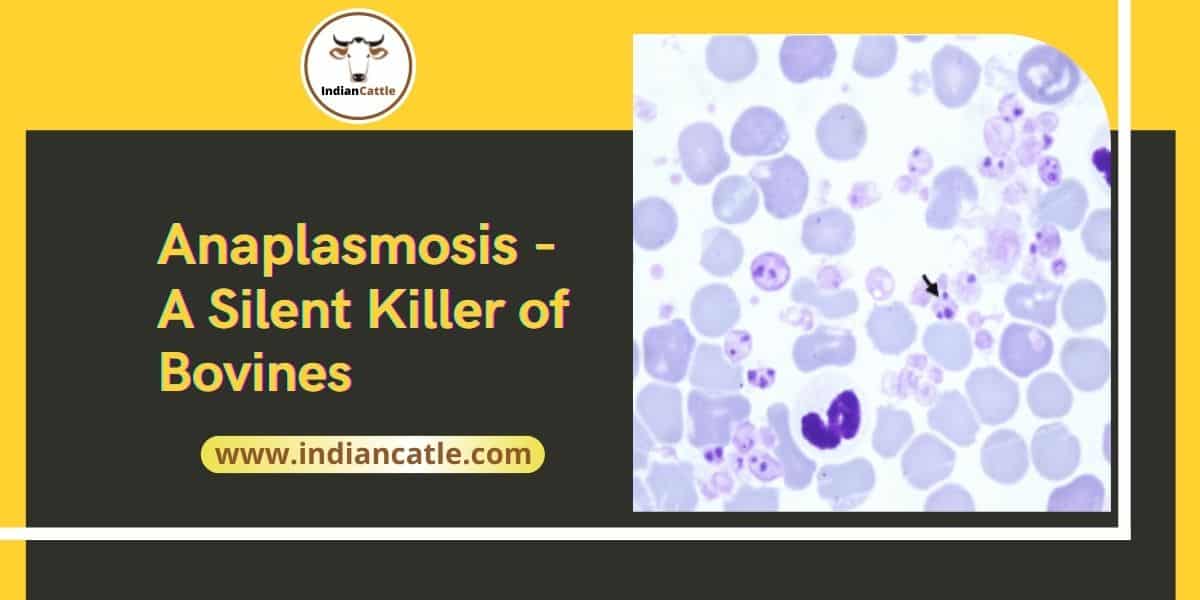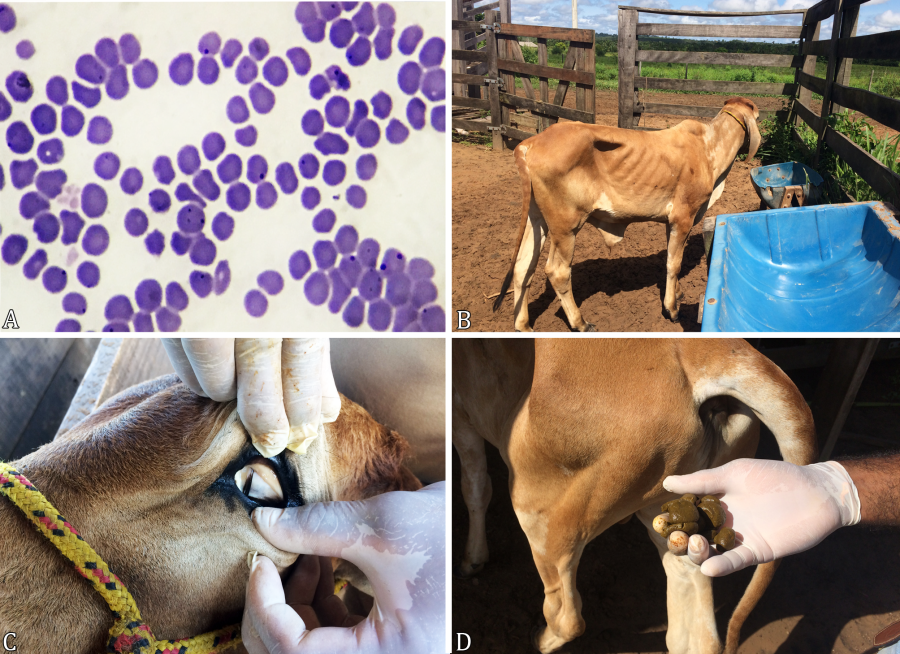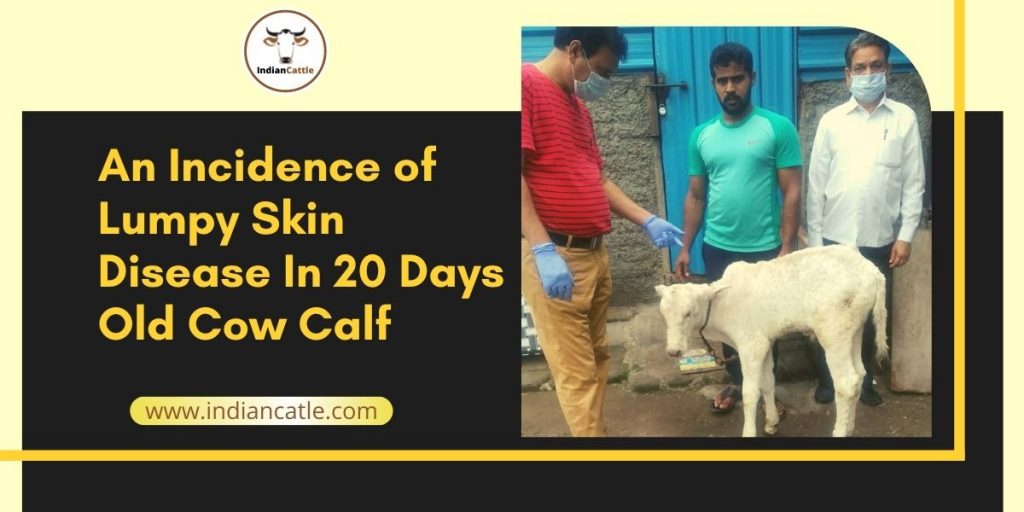
Anaplasmosis- A Silent Killer of Bovines
Anaplasmosis is a vector-born disease invading the red blood cells and disrupting them to cause severe progressive anaemia. The disease is caused by rickettsia parasite protozoan Anaplasma marginale which is transmitted through ticks in tropical climates. The disease is of economic importance to the dairy industry. The disease is endemic in India and other similar climate countries.
Etiology: Cattle-Anaplasma marginale and Anaplasma centrale (non-pathogenic), Sheep- Anaplasma ovis.
Intermediate Hosts: Ticks, fleas, mosquitoes, stage to stage transmission in ticks.
Species affected: Cattle, sheep and goats.
Clinical Symptoms: Anaemia, fever, anorexia, weight loss, muscle ache, debility, depression, dyspnoea, abdominal pain, constipation alternate with diarrhoea, anaemia, icterus, reduced milk yield in dairy animals. Abortion in pregnant animals. In untreated and heavily infected cattle death may occur within three to four weeks.

(Image credit: www.scielo.br)
Clinical Pathology: Oligocythemia, anisocytosis, poikilocytosis, punctate basophilia, hypochromasia, low packed cell volume and erythrocyte count.
Post Mortem Lesions: Emaciation, icterus, ascites, watery blood, enlargement of spleen with dark red pulp (septicaemia type), liver enlarged with brownish yellow colour, gallbladder with granular bile, catarrhal gastroenteritis and kidney highly congested.
Diagnosis:
- Blood smear examination
- Direct and indirect fluorescent antibody technique
- Capillary tube agglutination test.
Treatment for Anaplasmosis in Cattle
Broad-spectrum antibiotics such as tetracycline (chlortetracycline 6-12 mg per kg) oxytetracycline (20-22 mg per kg) are given one to three times Intramuscular or Intravenous. Imidocarb can also be tried since in many cases there is mixed babesia and anaplasma infection. Once an animal recovers from infection it will remain a carrier of the disease for life, which also confers pre-immunity. Carriers show no signs of the disease but act as sources of infection for other susceptible cattle.
Prevention and Control
- The cases of anaplasmosis increase in late summer when the tick vector population is high. Control of vectors is the key to preventing anaplasmosis.
- In some countries, vaccines are available to increase resistance to anaplasmosis.
You may like to read: To Ensure Consumer Health Prevention of this Disease in Cows is Important
| Dr. V. M. Bhuktar
Former I/c Joint Commissioner A. H. Western Regional Disease Diagnostic Laboratory (WRDDL) Pune M.S |
Dr. D. M. Chavan
Former Additional Commissioner of Animal Husbandary, Maharashtra |

